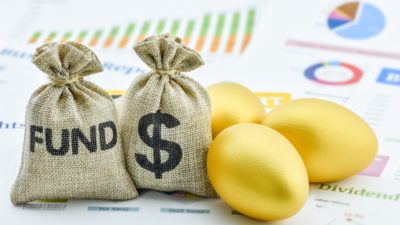Many analysts and economists have pegged the date at which the most recent bull market began as March 10, 2009. Investors who are looking at their calendars may note that a ninth birthday for this bull market is a sign that the global economy has continued to improve, and with monetary policy still remaining relatively accommodating around the world, with tax cuts and other measures recently put in place, providing continued tailwinds, it is hard to peg an exact date as to when the steam will run out for this bull market.
Many of the world’s most iconic investors have continued to beat the drum that the data shows that investing in equities is a time-tested way to grow wealth long term. Bears who assert that a significant portion of one’s wealth can be wiped out in a short amount of time should not be ignored, and now may be the time to introduce some hedges into your portfolio (if you haven’t already done that), but here are a few things to consider.
Dollar-cost average your way to long-term success
Over the past nine years, the S&P 500 has increased more than 270%, making investors who’d held through the crisis very well off, and those who bought at the bottom even more so. Holding a long-term portfolio through the bottom of most crises and continuing to buy on the way up (and the way down) is easier said than done. When emotion comes into play, it can be easy to sell when others are doing so and buy when others are doing so (i.e., momentum trading), but dollar-cost averaging is one strategy that has proven to be successful in all markets for all investor types out there.
Of course, buying in all markets (bull and bear) requires cash to do so — whether it is a regular income stream you are putting into your registered or non-registered accounts, or cash you have on the sidelines, make sure you don’t spend it all in one place at one time. This leads to the second consideration:
Keep cash on hand as markets rise
Trimming positions that have seen large gains and taking profit off of the table is rarely a bad strategy, especially in the latter stages of a bull market. As fellow Fool contributor Joey Frenette has noted, “playing with the house’s money” is a strategy that has been implemented by many who are wealthier than the vast majority of us.
Investing only a portion of the dividend income from your portfolio and/or adding to your cash position from existing personal cash flow is one way to have the resources to play any future downturn. After all, Warren Buffett’s Berkshire Hathaway Inc. (NYSE:BRK.A)(NYSE:BRK.B) has more than US$116 billion sitting on the sidelines. Who’s to argue with the Oracle?
Stay Foolish, my friends.








